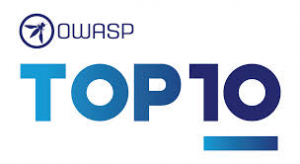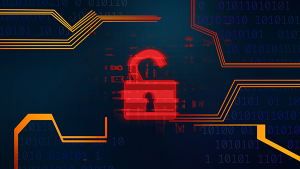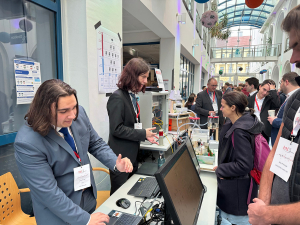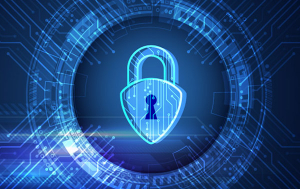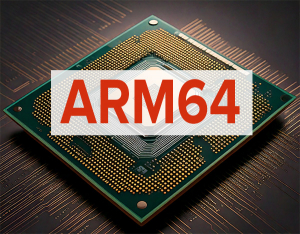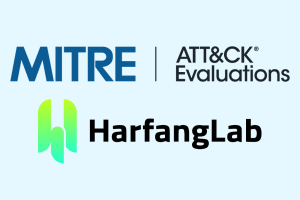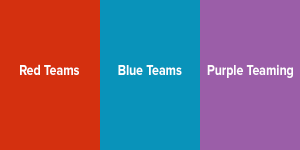 https://www.ikarussecurity.com/wp-content/uploads/2025/07/Windows-Zero-Day.jpg
607
800
IKARUS
https://www.ikarussecurity.com/wp-content/uploads/2025/02/IKARUS-Security-Software-4-1.png
IKARUS2025-07-10 13:23:132025-07-10 13:23:15Zero-Day Vulnerability in Windows Shortcuts
https://www.ikarussecurity.com/wp-content/uploads/2025/07/Windows-Zero-Day.jpg
607
800
IKARUS
https://www.ikarussecurity.com/wp-content/uploads/2025/02/IKARUS-Security-Software-4-1.png
IKARUS2025-07-10 13:23:132025-07-10 13:23:15Zero-Day Vulnerability in Windows ShortcutsIndicators of Compromise (IoCs) and Indicators of Attack (IoAs) play a central role in the early detection and response to cyber threats. They serve as an early warning system for IT security professionals to act proactively and defend against attacks before concrete damage occurs. Understanding IoCs and IoAs not only enables the identification of vulnerabilities and attack tactics, but also improves the overall security architecture.
What is an Indicator of Compromise (IoC)?
Indicators of compromise (IoCs) are signs that a cyber-attack has already occurred. They provide clues that security experts and software solutions look for to determine whether a system or application has been compromised.
IoCs facilitate the rapid detection and investigation of security incidents by analysing artefacts and evidence left behind after a compromise. Such indicators can take many forms, including file names, log files, registry keys, connections to IP addresses, specific actions, or hash values. They are collected from operating systems, networks, storage, and applications, but can vary due to slight changes made by attackers, making them difficult to detect.
Although IoCs are reactive, they significantly reduce response times and minimise the impact of cyber-attacks. Studies show that the majority of IoCs remain undetected for months or even years. Collecting and documenting such traces from log files and connection logs can also be helpful in tracing the sequence and impact of cyber-attacks.
What is an Indicator of Attack (IoA)?
Indicators of Attack focus on detecting and preventing attacks by identifying suspicious behaviour and activity at the beginning and during an incident. Unlike IoCs, which rely on past compromises, Indicators of Attack (IoAs) indicate imminent or ongoing attack attempts. They are considered a proactive approach to cybersecurity, focusing on patterns and tactics, techniques and procedures used by attackers.
IoAs are more difficult to clearly identify and can include unusual (privileged) account behaviour, suspicious network activity, conspicuous access attempts or the appearance of strange files on systems. Continuously recording the baseline of normal operating behaviour improves detection, while artificial intelligence can help identify suspicious user behaviour. In most cases, a combination of indicators is required to generate successful alerts.
Integration and Deployment of IoCs and IoAs
Attackers constantly adapt, making access to current and comprehensive data crucial for effectively countering detection by IoCs or IoAs.
In large networks, Security Information and Event Management (SIEM) systems can simplify the evaluation of numerous indicators. An effective threat intelligence platform aggregates and categorises internal and external data and makes it available as a knowledge base for case management or SOAR.
Additional data on typical procedures, targets, motives, vulnerabilities or malware also helps to reduce false alarms and significantly improve detection rates.
The real-time threat information provided by professional Threat Intelligence feeds also helps to monitor and evaluate the effectiveness of security measures. The results of this assessment and knowledge of the changing threat landscape enable organisations to adapt to new threats and strengthen their cyber resilience.
You might also be interested in:
Effective integration of threat intelligence with cyber defence
Expert interview: Cyber Threat Intelligence for Incident Response and Threat Prevention
Cyber Threat Intelligence for OT and Critical Infrastructure
Links: RFC 9424 – Indicators of Compromise (IoCs) and Their Role in Attack Defence (ietf.org)

